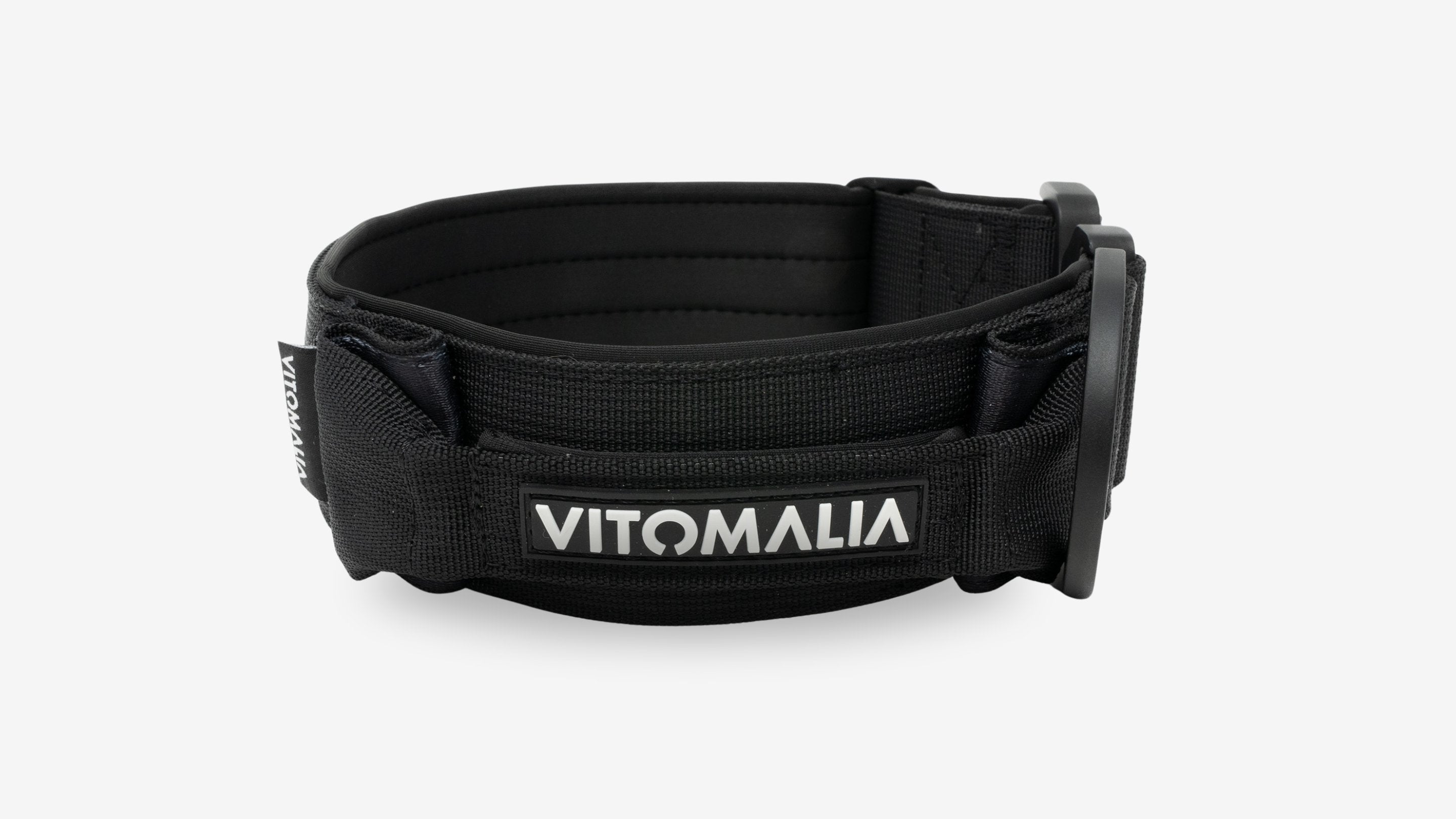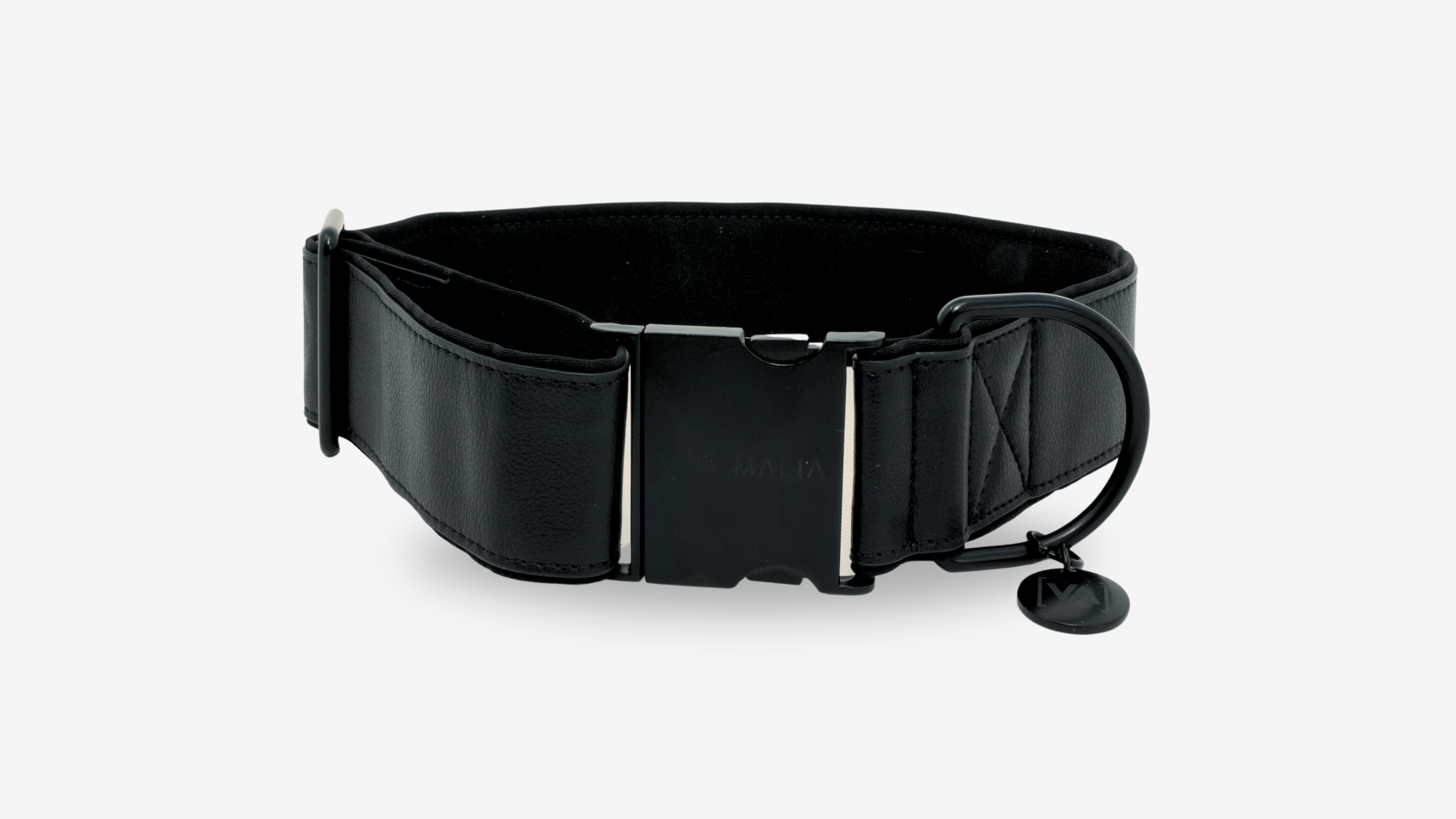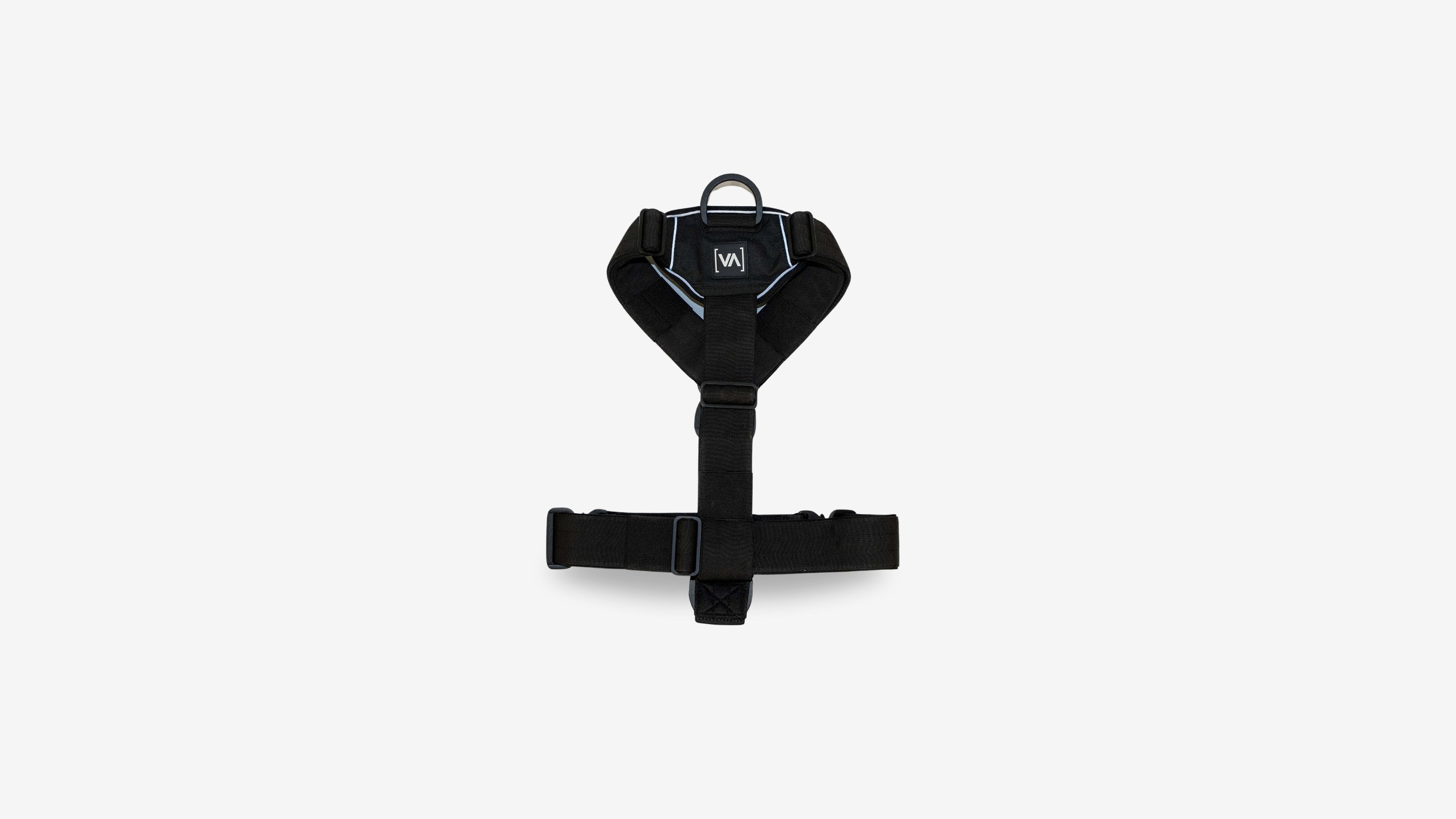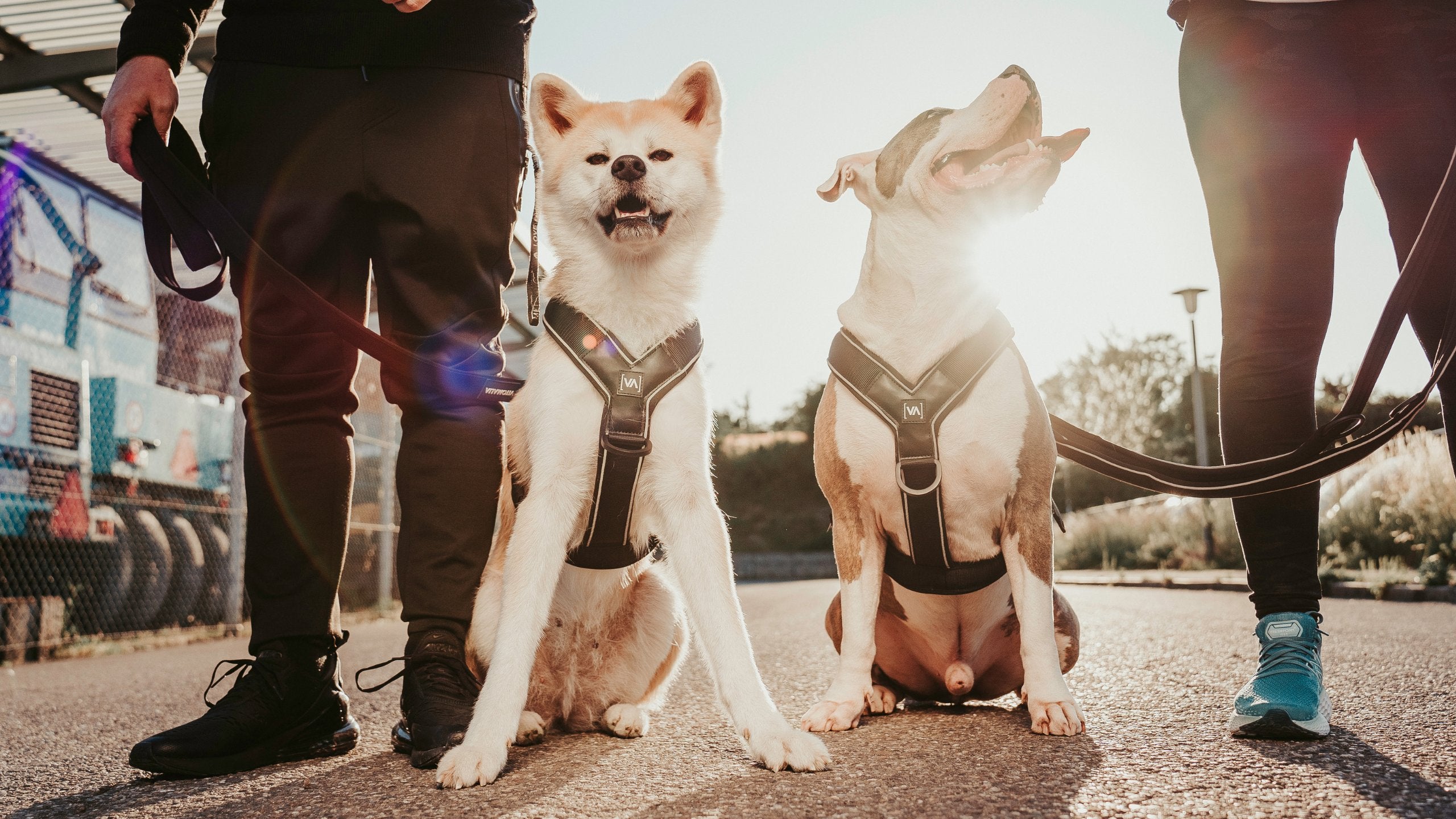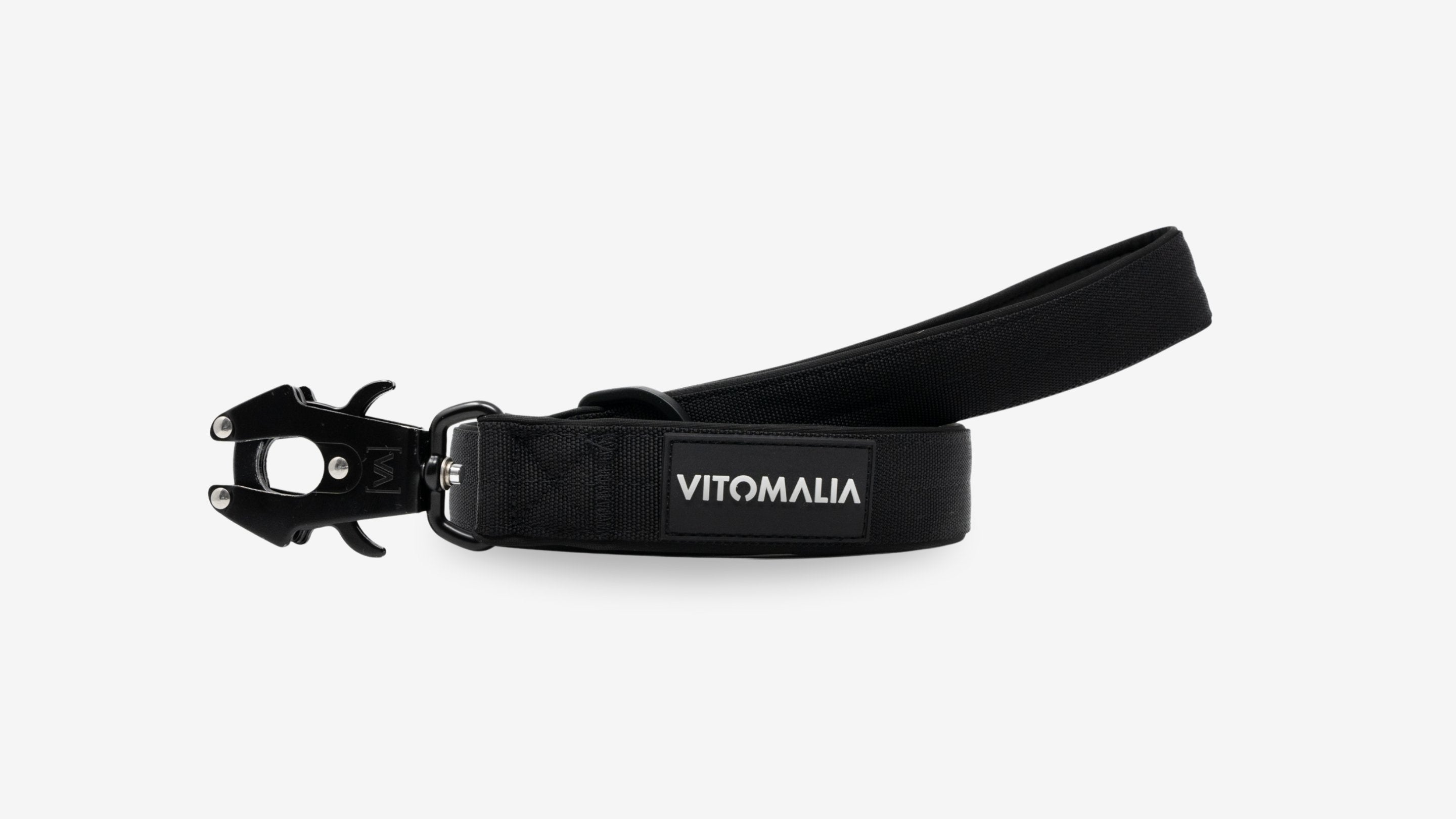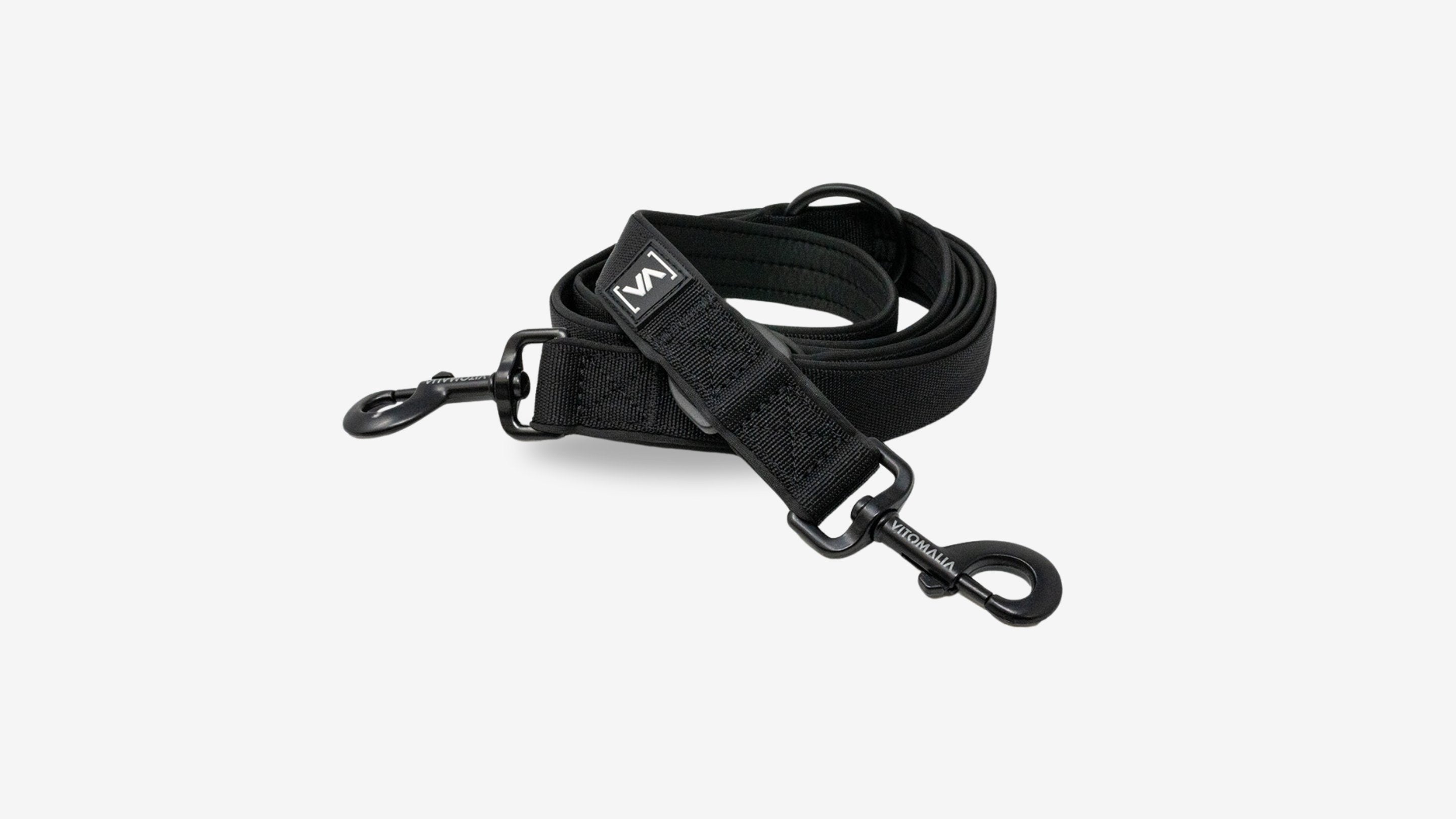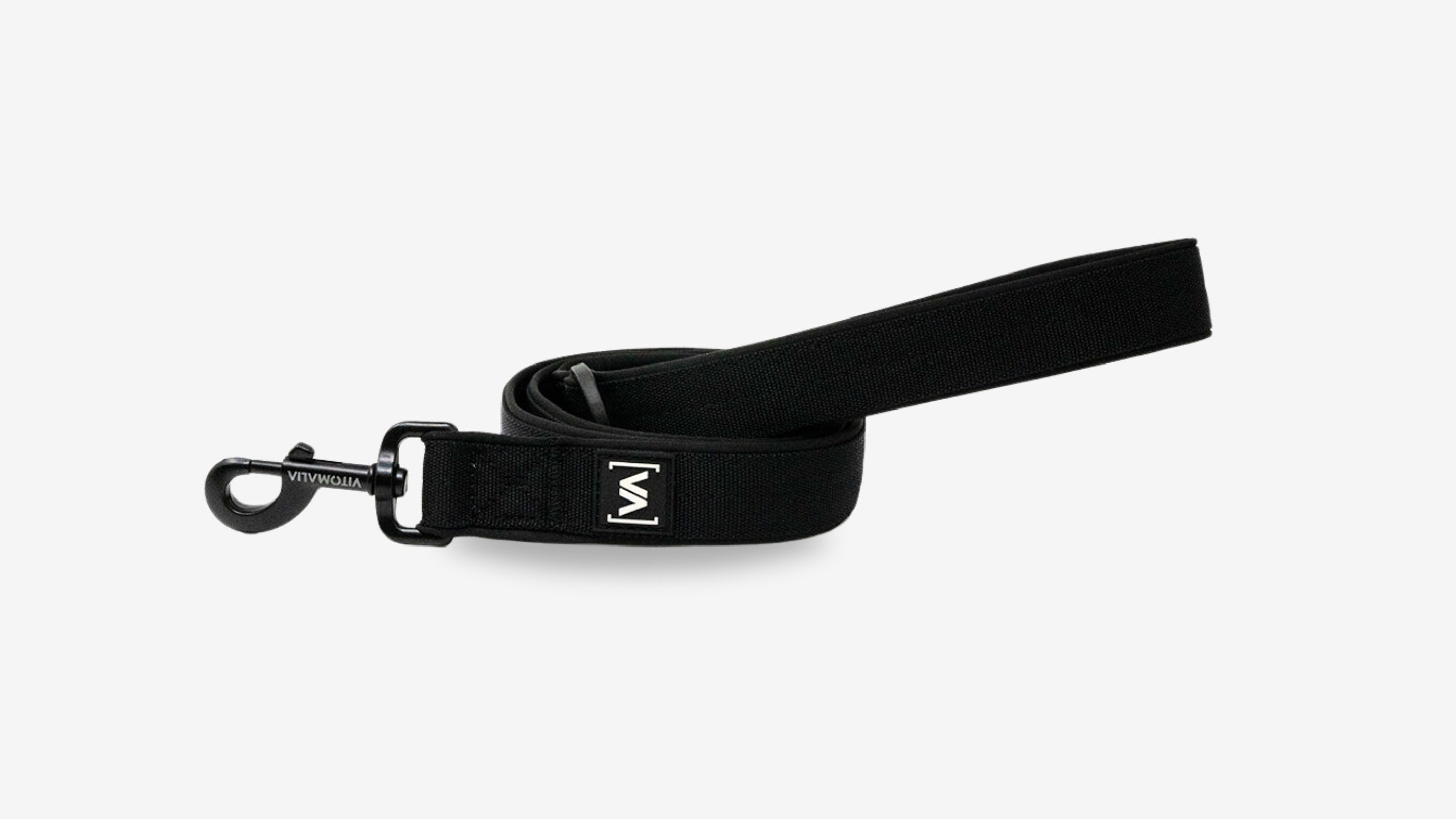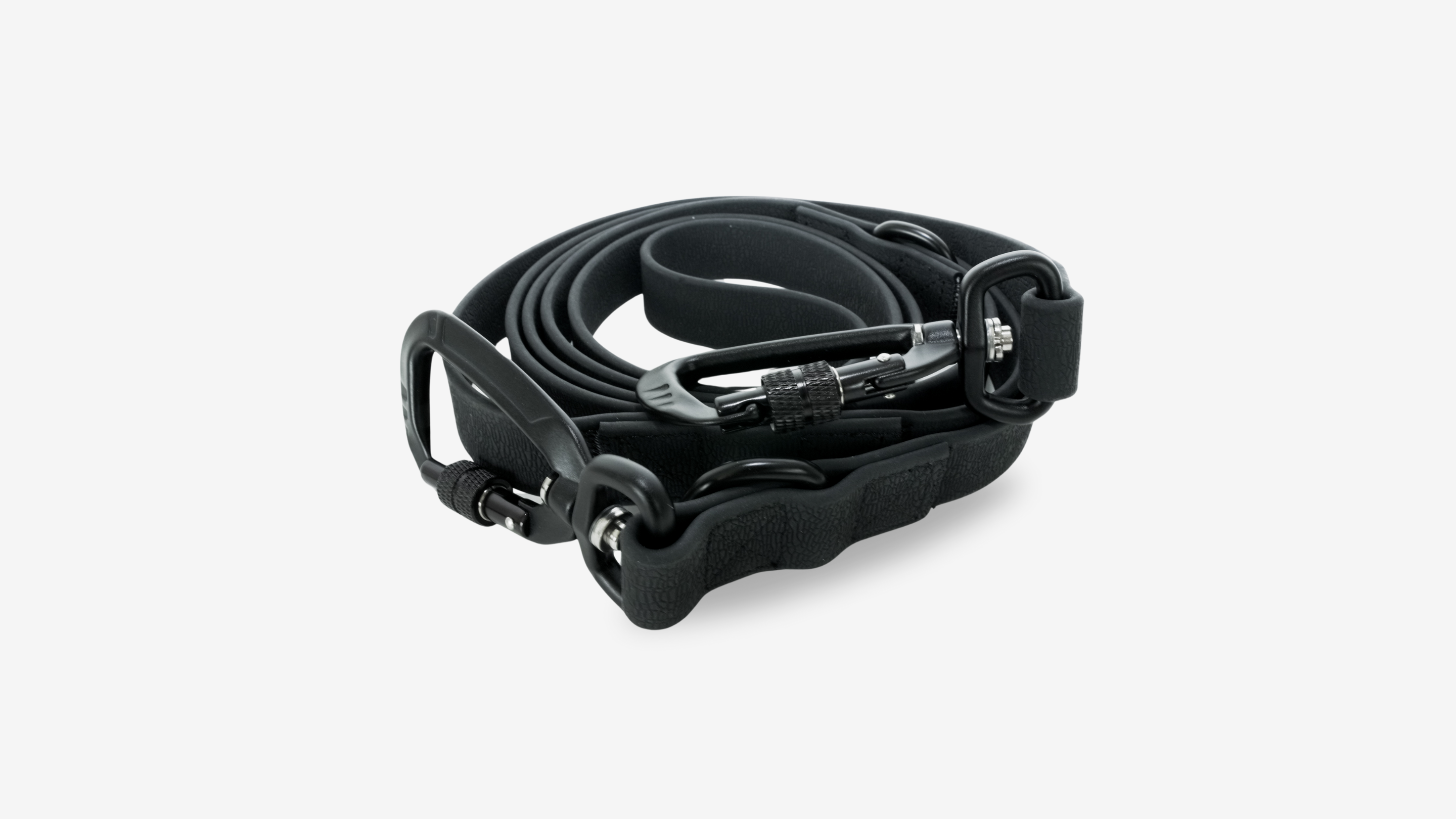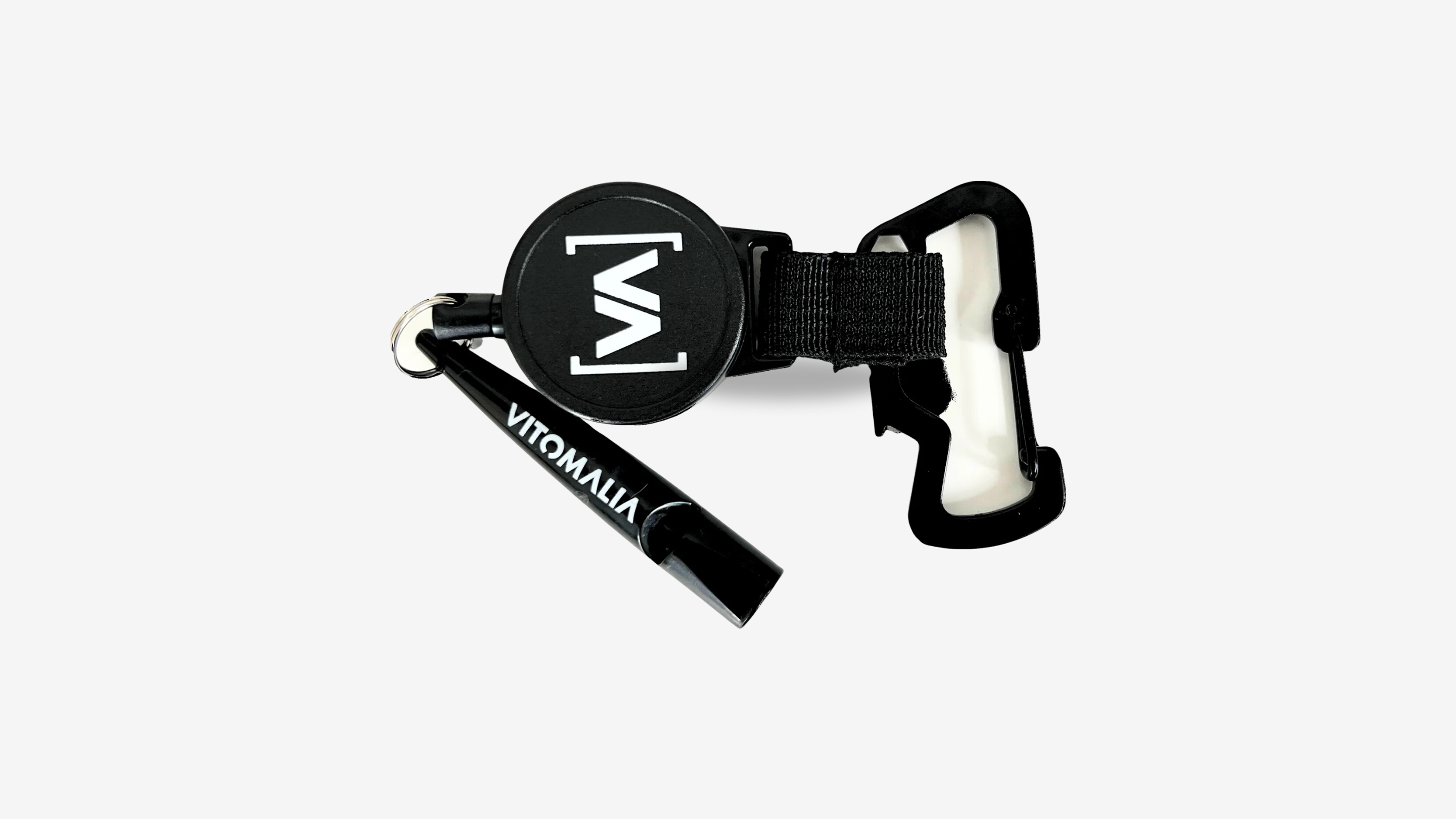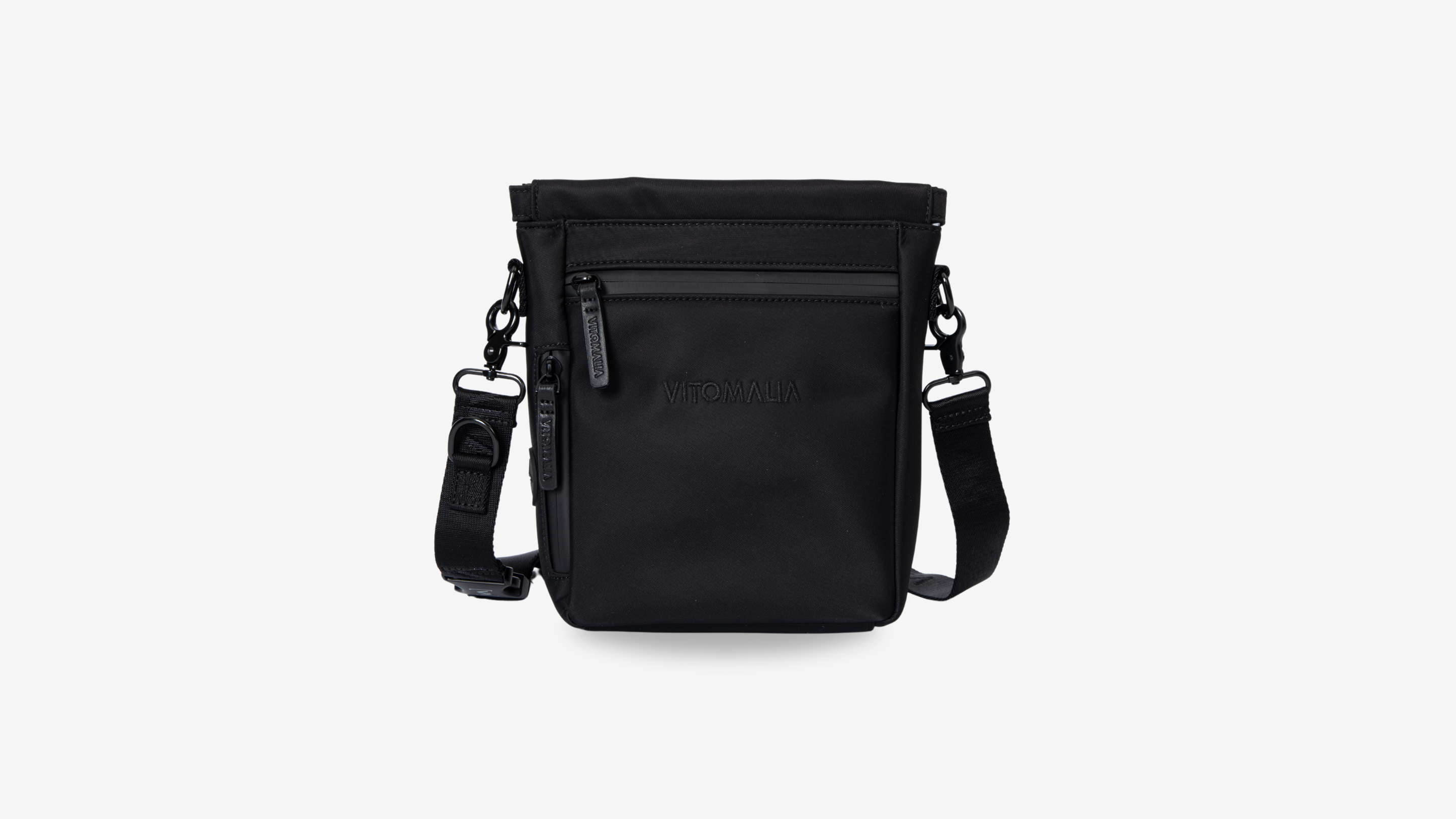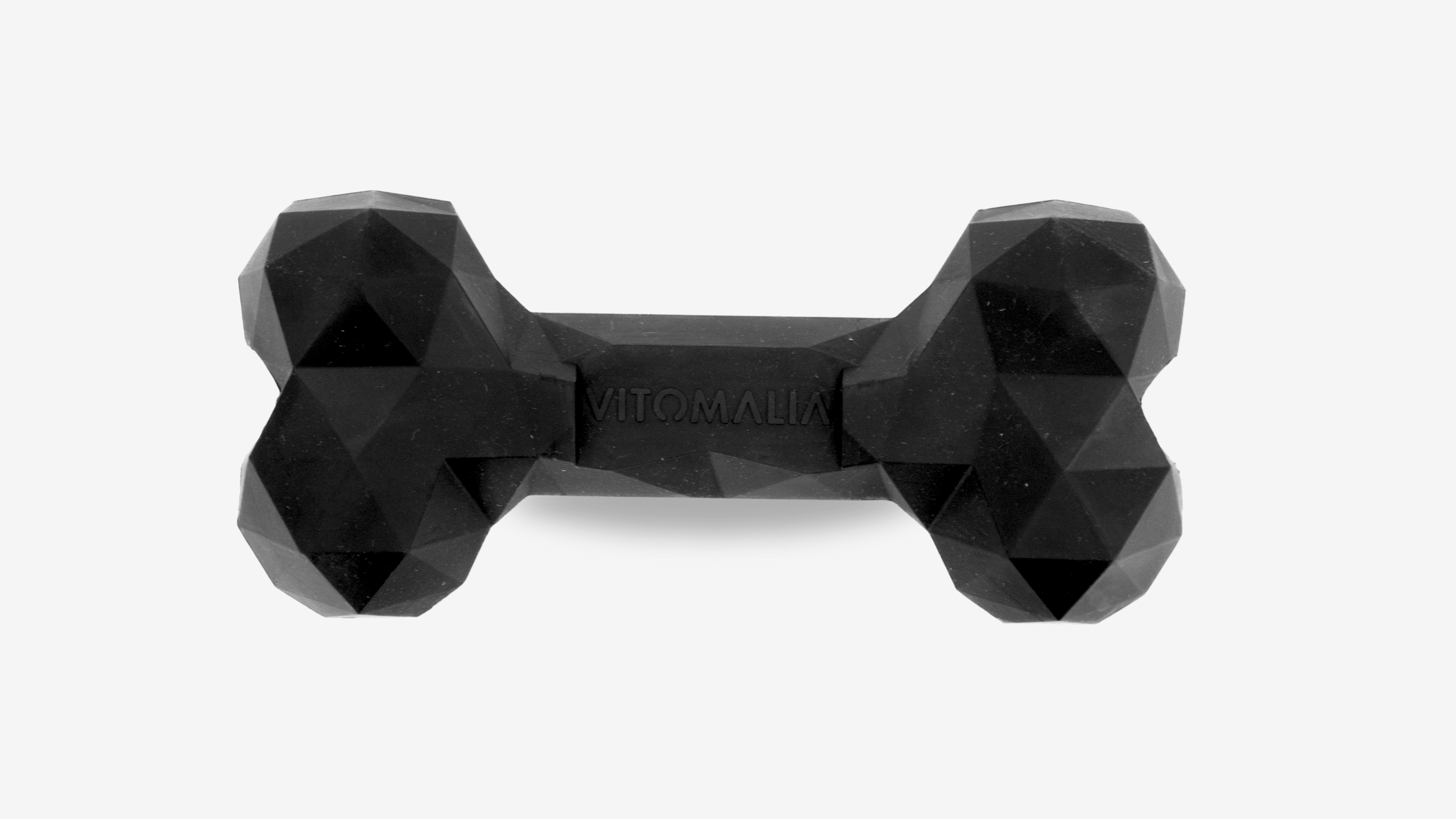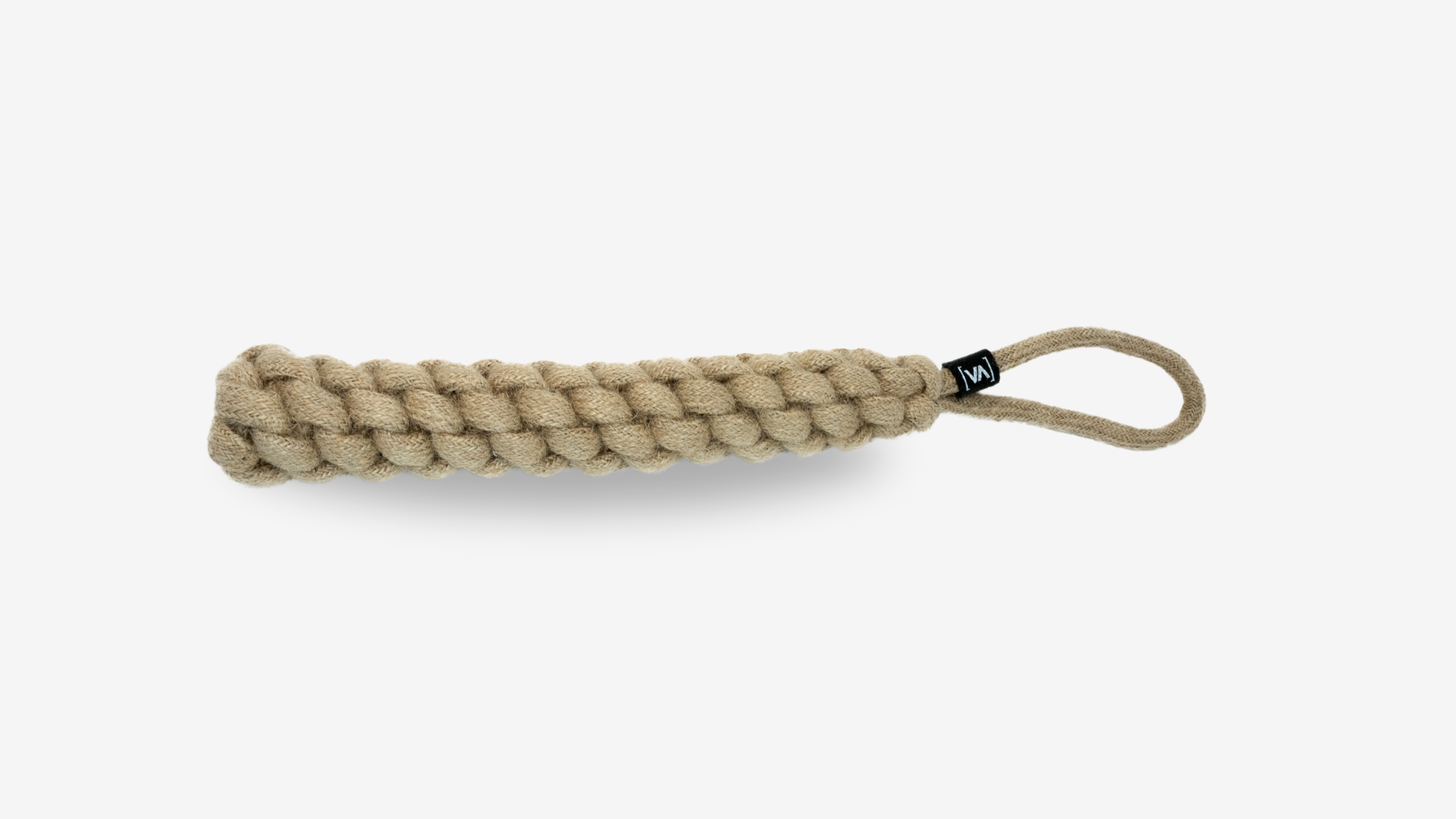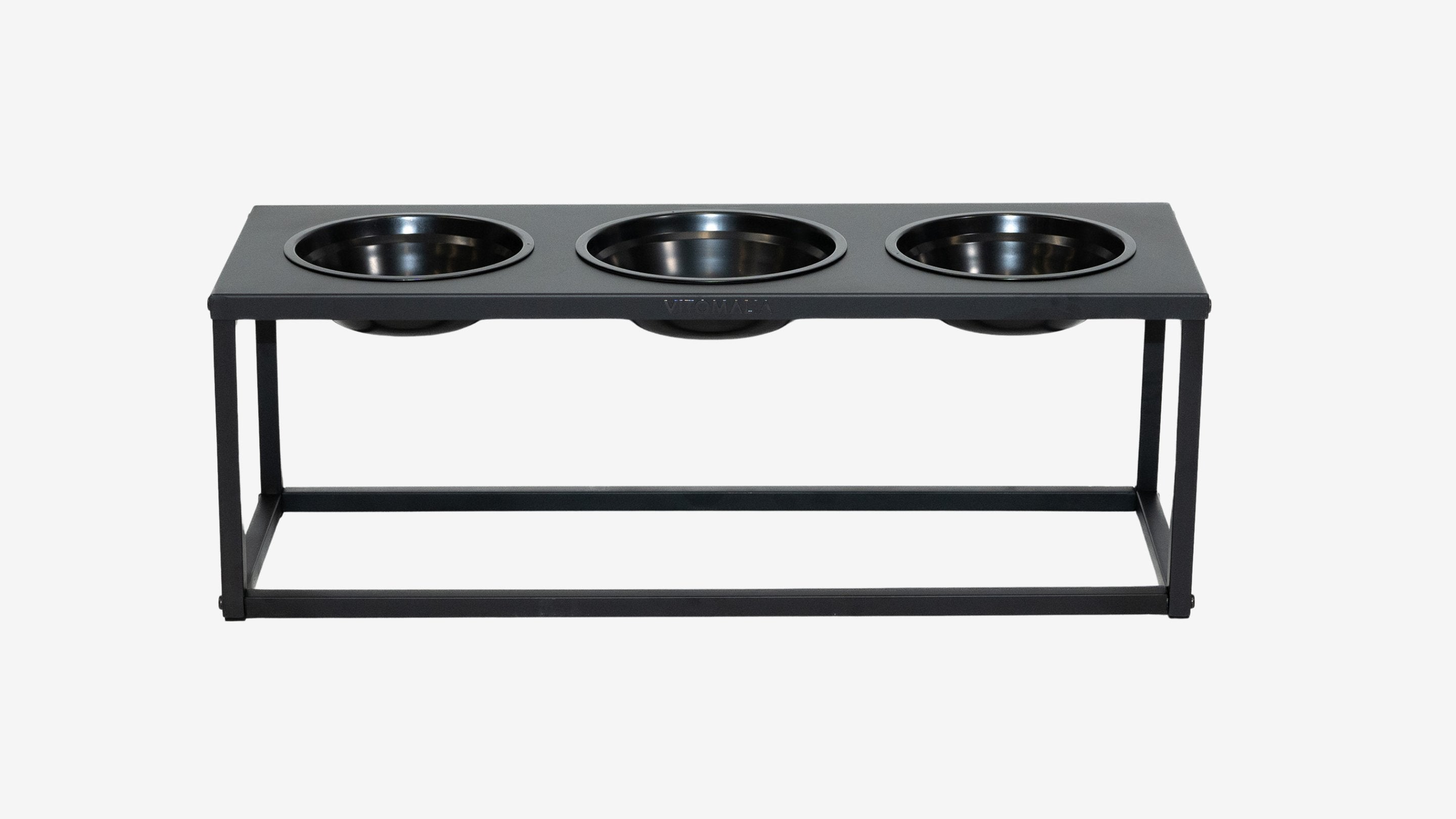Indoor calm training: Conditioned relaxation with a calm signal [Part 4]
This expert blog contains product recommendations from @Hunreys. With the discount code "VITOMALIA10" you save 10% on your purchase.
Practicing calm means specifically dealing with rest and relaxation. Relaxation and calm cannot be trained like a “sit” and then recalled at will. Implementing rest in your dog's everyday life means focusing your day specifically on rest and thus primarily pursue measures and calm management.
An adult and healthy dog needs around 16-20 hours to doze and sleep. Puppies or old dogs need more than 16-20 hours of rest. Some dogs find peace on their own. Other dogs need human help. This may be because the dog didn't learn it from the start, or because his personality and character favor it. Illnesses and dysfunctions can also be the cause of a restless dog. You can find out more about this in the blog Why rest is so healthy read.
 |
General measuresHouse ruleThe house rules form the foundation of dog training. As the head of the house, you decide which house rules and rules apply. Rules make living together easier and create respect and acceptance. When it comes to dog training, house rules form the foundation for all further behavior. If you can't do the basics inside the house, you don't even need to start with behavioral problems outside. If you would like to find out more about this topic, check out our video and blog on the topic „The 4 most important house rules for your dog” at. We also provide you with a free dog setup checklist.
|
Mood transfer and calm
Mirror neurons are responsible for the so-called mood transmission. The research into mirror neurons began with the Italian researcher Giacomo Rizzolatti and his team in 1992 on macaque monkeys and is still in its early stages today. Mirror neurons ensure that action tendencies emerge based on observation. This is primarily important for survival in groups or herds and is therefore very useful. If a herd animal spots an enemy, it will run and the others will follow. The enemy's choice and hunting are made more difficult and the survival of the herd members is secured. Mirror neurons and mood transmission are essential to our survival.
Mirror neurons are not only responsible for action patterns, but, as the name “mood transmission” suggests, also for mood and emotions.
Mood transfer is intraspecific, e.g. B. between dog and dog and between species in e.g. B. Humans and dogs possible. If you are stressed and restless, you unconsciously pass on this mood to your dog. Your dog perceives your restlessness through different signals: your posture, your voice, chemically through your sweat or even through your actions. Dogs are able to sense our emotions. However, mood transfer should not be misunderstood and humanized as “My dog understands me”. No, your dog empathizes with your emotions.
If your dog doesn't calm down, the restlessness could possibly be due to your current emotional state. So always question your emotions in order to teach your dog to calm down. Before doing the exercises, breathe in and out deeply and allow yourself to engage in the exercises in a calm and balanced manner.
Activity ideas for restless dogsA dog that doesn't calm down needs to be taught to calm down. You can initially create peace through a calm and balanced everyday life. A restless dog doesn't need 2 hours of ball games and 10 km walks without a leash. What this dog needs is structure and conscious and balanced activities. Excessive exercise that only puts your dog under physical strain creates an unhealthy combination of dopamine release. Maybe you know the infamous ball junkies: The dog chases like crazy after a ball and increased dopamine is released in the body. Dopamine has motivational and drive-increasing effects and has a reward effect. Playing ball becomes a real dopamine rush for your dog. This dopamine kick ensures that the dog can do more and for longer - because dopamine stimulates motivation. In the long term, the reward effect will encourage your dog to play more and more ball games for longer periods of time and make your dog literally “dependent”. To ensure that dogs who don't calm down easily get enough exercise but don't go crazy with too much action, movements that require concentration and calm movement sequences are suitable. The following activity ideas are ideal for restless dogs:
|
 |
Ruhemanagement
Calm management means the targeted promotion of calm through a quiet environment, targeted and relaxed activity with the dog as well Aids. The key word in everyday life is Deceleration. When it comes to aids, there are a few measures you can take to specifically promote relaxation. In the post on the topic “Why rest is so healthy” We will tell you about aids such as music, C'B'D', smells and herbs and other supports for more calm for your dog and go into more detail about the evidence to what extent the aids actually help.
Reward calm
You can convey calmness by rewarding calmness. Play or direct interaction is not always suitable for this. Food as a reward can help some dogs and have the opposite effect on some others. You can find out how you recognize relaxation in the freebie from the blog Dog doesn't calm down. Reward a balanced mood with rest, depending on the exercise, by releasing or starting an activity.
Rest should take place as a learning experience without a direct reaction from the person. This means that calming exercises do not always have to be rewarded directly with treats, but rather that the dog should learn through experience. Your dog should learn by actively engaging with his environment and this way you can teach your dog to calm down without creating expectations. Expectations and failure to meet them would lead to frustration and stress. So if you decide to eat food during rest training, you either have to reduce the food during the training or confirm it with food again and again. If your dog doesn't calm down, his expectation is the biggest obstacle to calming down. With calming exercises you support your dog by promoting peace through your inner peace and supporting your dog on a social level - “social support”.
Practical examples:
- When you set out for a walk, you only start when your dog is in a calm position.
- You are only allowed to go to the dog buddy when your dog calms down on the leash and takes it back.
- If your dog calms down in his dog park, he can be confirmed with a chew or gentle praise.
Many dog owners simply do not want to endure this “stress” and inadvertently confirm their dog’s restless behavior. Consistency and persistent confrontation with restless behavior in everyday life is half the battle when it comes to rest training. If the dog doesn't calm down, first ask yourself the question: How often do I ask my dog to calm down and how often do I give in?
Impulse control & frustration tolerance
Two important core skills for teaching your dog calm are impulse control and frustration tolerance. We already have impulse control training for you Beginner, advanced and professionals compiled.
Conditioned relaxation with a calm signal
|
|
Start this calming exercise spontaneously when your dog is in a balanced and relaxed mood. You can do this resting exercise with your dog while you are both on the sofa or while you are sitting on the floor with your dog. Conditioned relaxation means relaxation that was learned in a situation in which rest was placed in the context of a signal, the rest signal. If the calm signal is built up sustainably in relaxed situations, relaxation can be achieved in tense situations using the calm signal. The principle is based on classical conditioning, in which a stimulus is linked to a reaction. Conditioned relaxation will not transform your dog from a leash bully to a sleeping pill. Practicing conditioned relaxation allows your dog to be able to regulate his arousal level in stressful situations and be responsive in the future. Conditioned relaxation allows your dog to relax. In youth language you would say: “Chill your base” – and that’s exactly what you want to achieve: a more relaxed attitude.
|
- Start in a calm situation where your dog is relaxed.
-
Pet your dog gently or use the method that triggers quick and deep relaxation in your dog:
- some dogs like to be brushed,
- others prefer a massage,
- some dogs have a favorite place to be scratched,
- etc.
-
While your dog is breathing deeply and lying relaxed, say your calm signal in a calm voice so that your dog doesn't jump up to check on you.
- If your dog prefers to relax without your touch, you can sit next to your dog while he relaxes.
- At a moment when your dog is very relaxed, gently say the calm signal.
- Continue to let your dog rest and do not attack him any further.
- During the exercise, do not look particularly at your dog or draw attention to yourself.
- Continue with the relaxation method and say the calm signal at intervals.
- After saying the rest signal 4-5 times, you can end this exercise.
- Repeat the rest exercise of conditioned relaxation over the next few days and weeks.
-
Only use the rest signal after an intensive build-up of at least five units:
- initially in a less tense situation,
- with more calming exercises in more tense situations,
- always accompanied by alternative behavior or other instructions (e.g. “chill” and “let’s move on”).
- Conditioned relaxation must be refreshed regularly in resting situations and should never be viewed as “learned completely”.
- the situation may be too tense for your dog,
- you should use your body to relax (e.g. through targeted touch),
- If possible, avoid the violent situation.
You can also condition conditioned relaxation with a scent, a blanket, or a specific touch instead of a calm signal. The advantage of a silence signal is that you always have it with you.
You can download the training plan for free if you have a customer account with us. If you don't have a customer account yet, register on our website without obligation.
